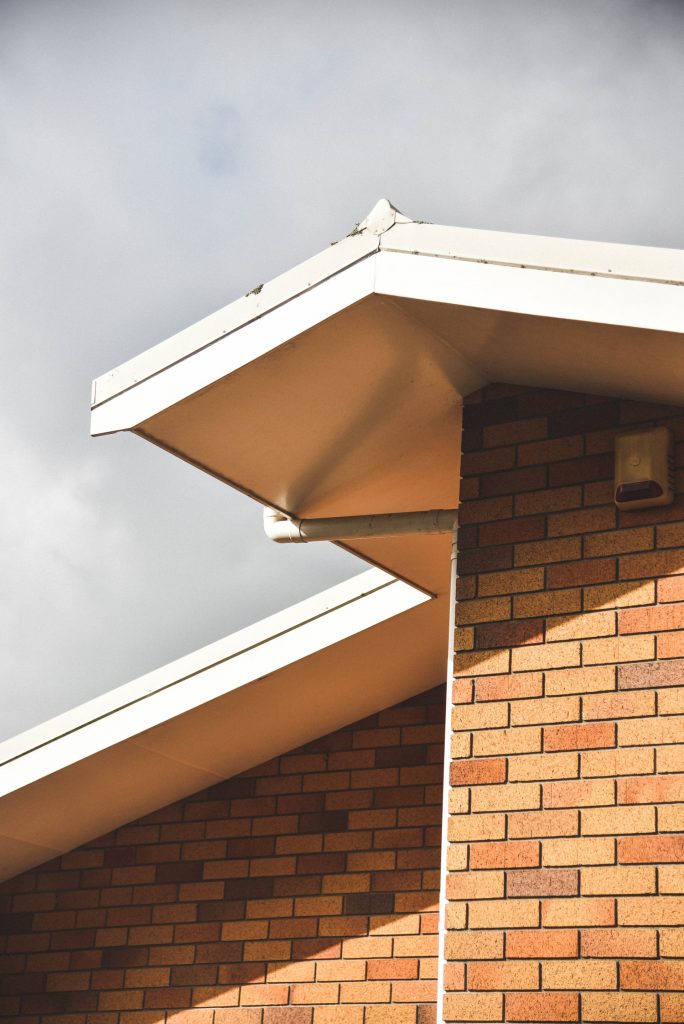Floods alone affect at least 11 million people annually in the United States. Hurricanes, wildfires, earthquakes, and storms also ravage the country leaving many more people at risk. The overall cost of such disasters is enormous. However, you can reduce the amount of damage to your home by ensuring that your house is not disaster-prone.

Put secure roofing
The risks of wildfires, storms, and earthquakes continue to be huge in the country. Metal roofing is one of the Class A roofing materials. Unlike tiles and shingles, metal roofing is durable, strong and resistant to the vagaries of weather. If properly installed, metal roofing can even prevent home damage from falling trees and other materials hauled away by storms and hurricanes. Metal roofing cannot catch fire when there are wildfires.
Add storm-resistant windows
Windows are prone to earthquakes, storms, hurricanes, and fire damage. If you have installed the correct storm-resistance windows, your property will have lower risks. You can definitely visit here for more information on vinyl window solutions, including installations, repairs, and reinforcements. A reinforced window can overcome even the strongest storms. Most of the time, these materials have several layers of materials to increase their resistance. It can also resist the effect of wildfires ravaging close neighborhoods.
Raise your electrical wiring
Floods are a major cause of concern for homeowners. They can leave significant water damage that will affect your floor, walls, electrical systems, and HVAC system. They also affect your plumbing system. To prevent this damage, you can hire an electrician to raise the level of the electrical wiring. Besides, the contractor can raise the level of the HVAC systems to at least 12 inches from the flood levels. Raining the system ensures that it will not be damaged. You will not need to incur the cost of an electrician.
Remove trees within 30 ft. of the house
If you have trees surrounding your home, you need to ensure that they are all in safe distances; you also need to prune and remove all damaged and sick trees from the surroundings. Damaged trees are a risk factor because even with the slightest of winds, they can break and fall off. If they are close to your house, they can damage your roof.
Raise fuel and water tanks
Raising the fuel tank to ensure that it is at a level where the fuel cannot be contaminated. If you also want to store clean water, raising the water tanks also reduces the level of contamination. After flooding, finding a clean water supply is always a problem.
Increase home insulation
Home insulation prevents energy loss into your home. It also prevents mild flooding. Water damage due to flooding can be prevented through this approach. The amount of water that enters your home will be small, minimizing wall and indoor items damage.
Ensure that the HVAC system if inspected
Extreme temperatures can also affect you if you are not prepared. Home air conditioning should be able to reduce the effects of this problem. You want the internal temperatures to stay within the set level throughout winter to prevent extreme cold. If it is properly maintained, you risk emergency breakdowns, which can leave your family vulnerable to cold. During heat waves, you can also shield yourself by ensuring that your air conditioning is in pristine shape.
Safe storage areas
During widespread flooding, storage facilities are a premium commodity. You can build a safe storage area in the house where you can safely tuck furniture, rugs, clothes, and other items that are prone to water damage. You can store them upstairs, but you could end up with a weight imbalance. Creating some more window level storage could improve the balance.
Clear gutters
Water from the roof can flood the outside of the building. It can also encourage other unwanted problems. You can prevent that by clearing the drains. It is not a fun job to do, but its effects are awesome. Water moves smoothly away from your house.

Protecting your home requires some deliberate efforts. You have to start with the structure of the house. If the house needs reinforcements to help it withstand bad weather, you will be better off investing in that. Old buildings are hard to reinforce and might need to be redone. It would be best if you also put disaster-resistant windows and roofing. Metal roofing is great for the storm-prone areas. Reinforced windows prevent storm and heatwave problems. You may also need to raise all your electrical appliances away from the ground to avoid water damage.
I’m a 20-something stay-at-home mother and wife. I have an amazing husband, a beautiful daughter, two loving dogs, and a lazy cat. I wouldn’t change my life for anything! I love to read, listen to music, cook and blog!

[…] damage can be devastating and it is even worse when you have no idea how to prepare for storm damage. Preparing for any type of disaster can save you time and money. You will also have peace of mind […]